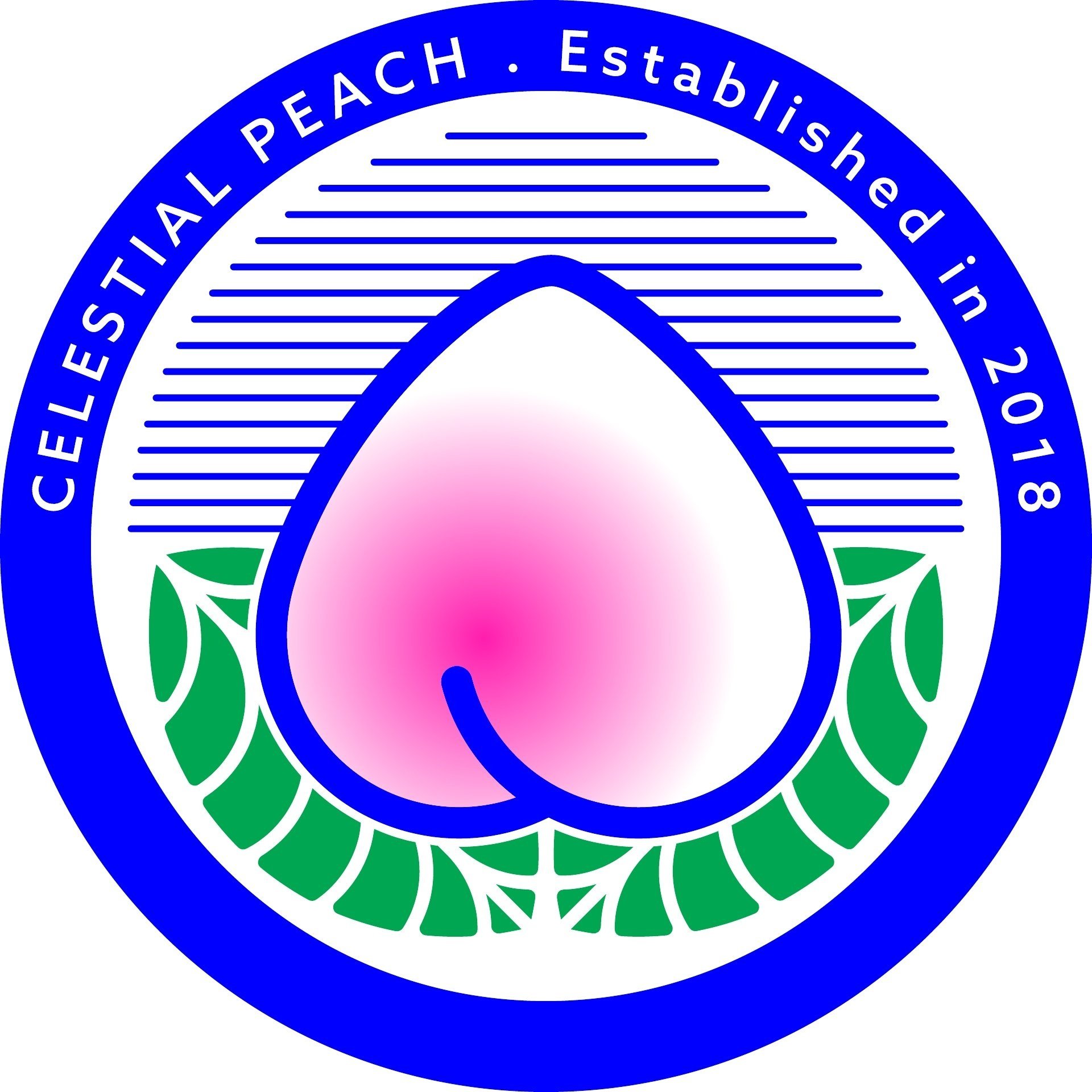Dulled Knives; Sharper Palettes
Time to put down our knives?
In the West we fetishize the knife as a weapon of war, destroyer of meat, measure of athletic prowess, a symbol of manliness. We think nothing - maybe even brag - of spending hundreds of pounds on a good quality chef's knife or a set of steak knives. The fork or spoon does not receive the same veneration. It's often said that ‘you are what you eat’; in which case may I extend the anology to ‘you are how you eat’ and propose that Western culture is not afraid to say: I am Alpha, Carnivorous, Warrior Man.
A nation's relationship to cutlery reflects their cuisine. In East Asia chopsticks and spoons (sometimes no spoon at all) suffice, since most dishes require pre-cutting of ingredients into small, uniform pieces. Chopsticks are used to lift, lever and sometimes unceremoniously shovel food into the mouth. Lifting a bowl to slurp or assist in aforementioned shovelling is acceptable, encouraged even. In South East Asia a spoon and fork is preferred, perfect for navigating a staple of rice, soups and wet dishes.
Be more monkey. Eat with your hands.
And then there are some eating cultures that dispense with any cutlery at all. I have always been slightly envious watching how Indians maneuvre their way around a banana leaf, or the deft way in which Thais neatly roll sticky rice into a ball with just three fingers.
Watching kids eat is fascinating. No matter how you encourage them to eat 'properly' with a fork, their natural instinct is to use their hands. What's so bad about eating just as every other animal on earth does?
I have made a resolution to experiment more with hands-on eating - and not just where burgers and fries are concerned, of course. The simplification of an already basic human need brings us closer to the source.
Recent blogposts
Further reading
The Vedic wisdom behind eating with hands (everydayayurveda.org)
Mindful eating with your non-dominant hand (breakingmuscle.com)
A guide to eating with your hands around the world (cntraveler.com)








